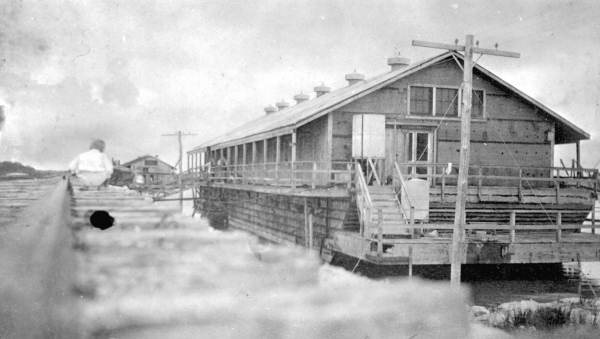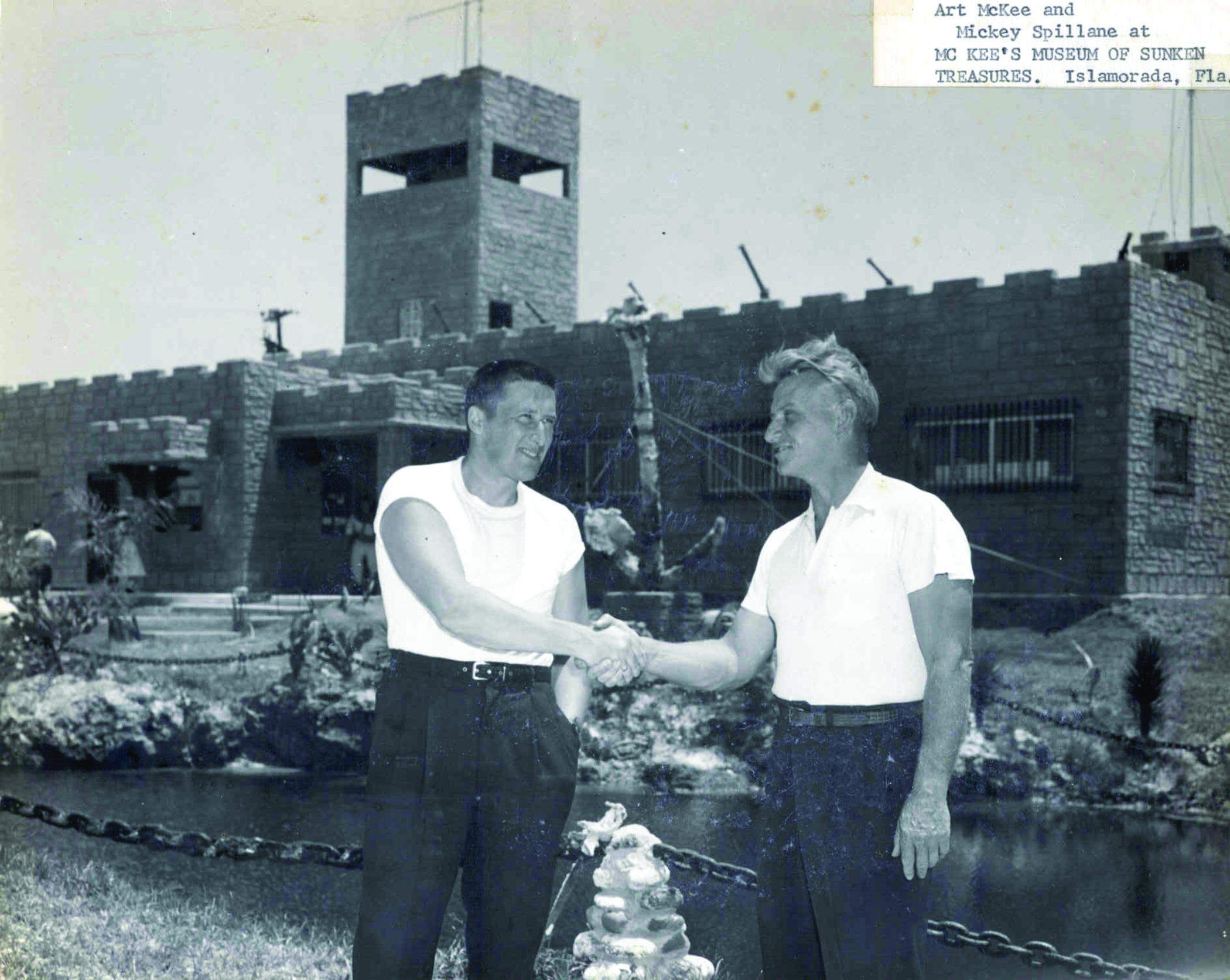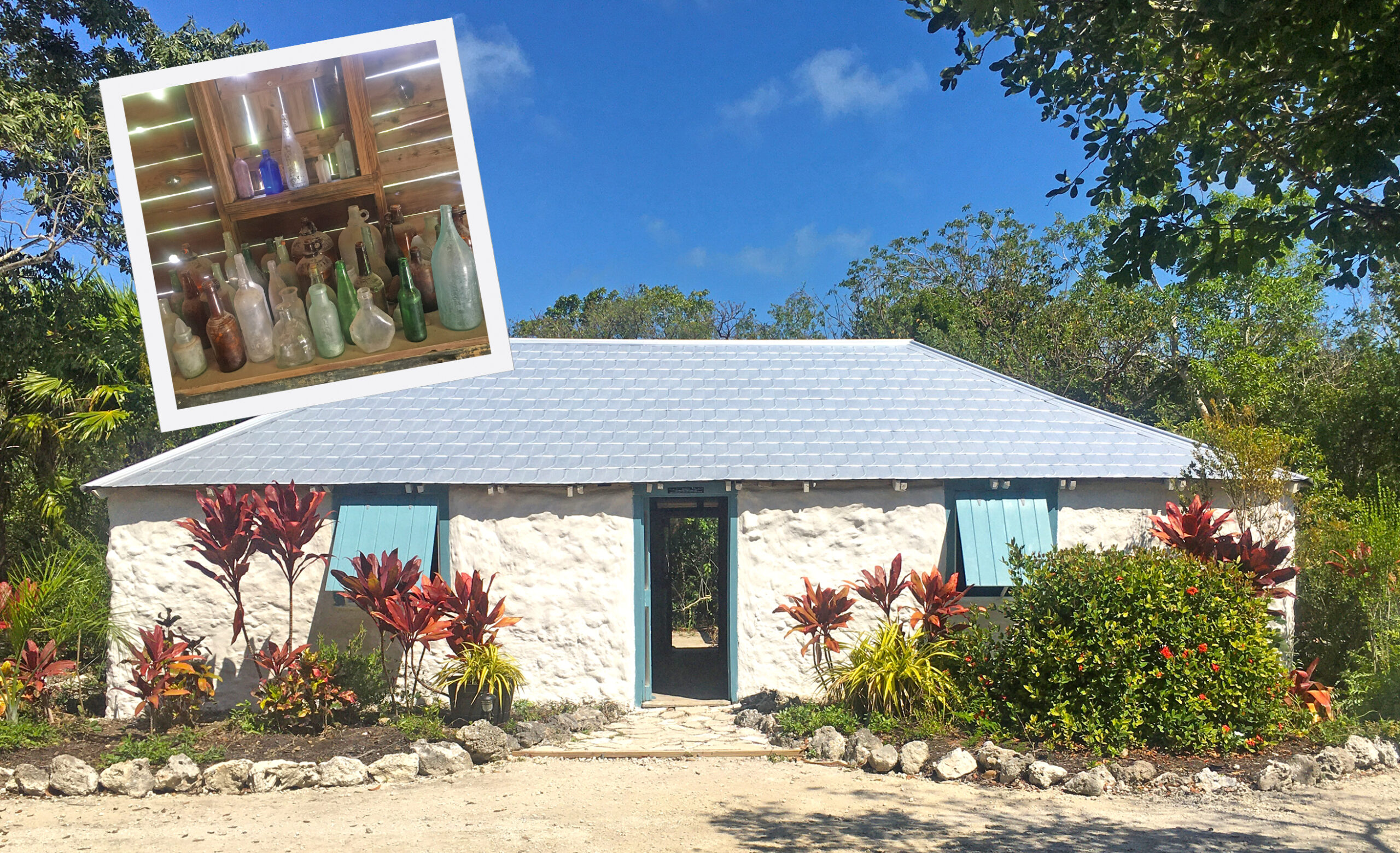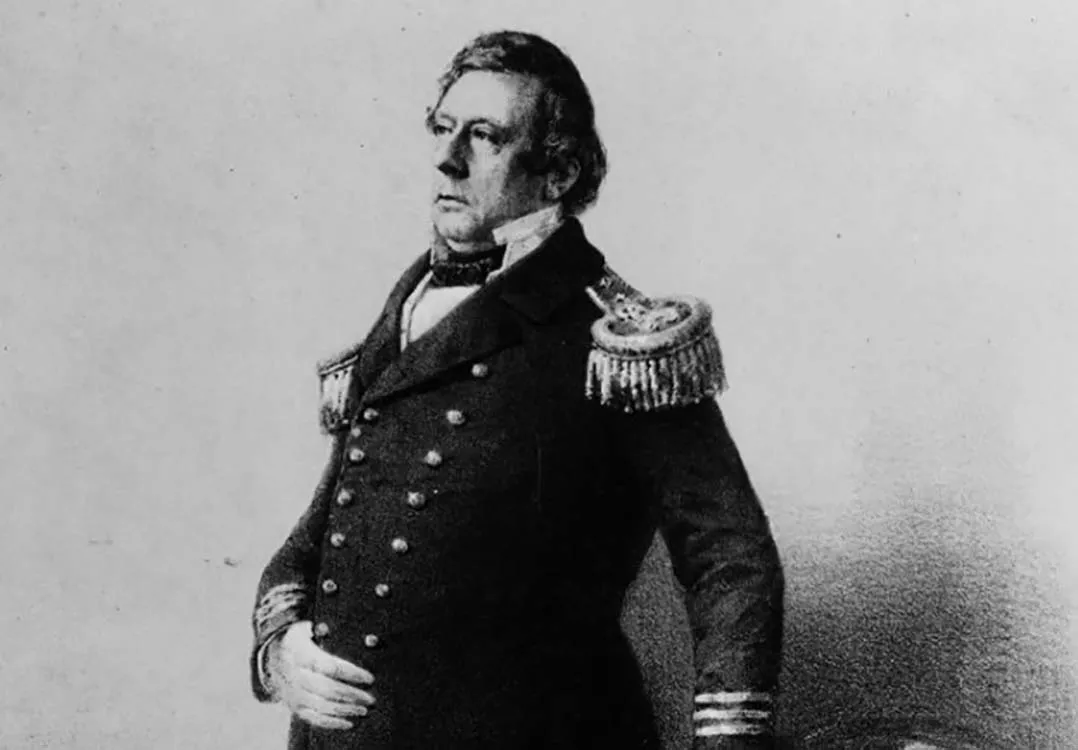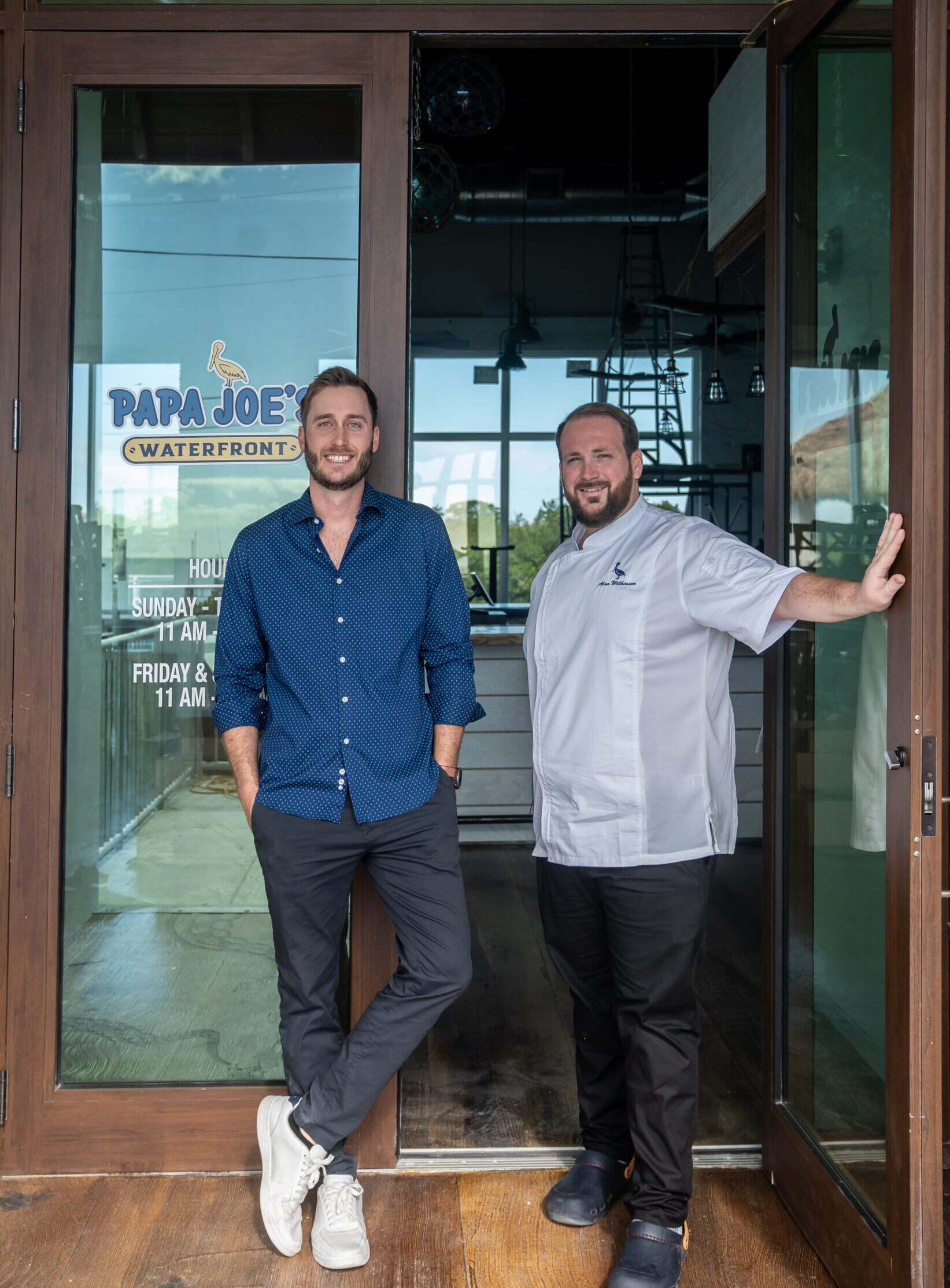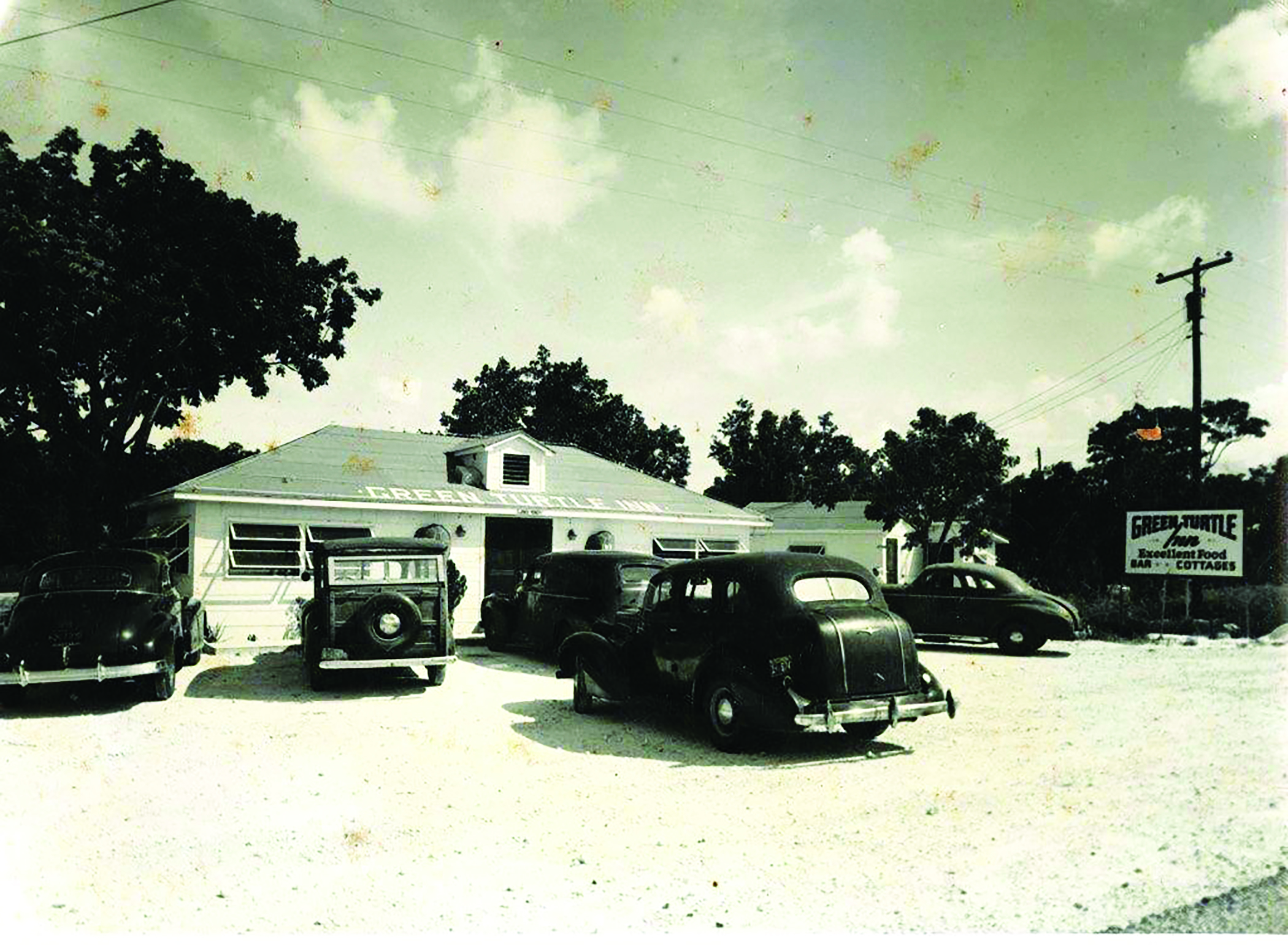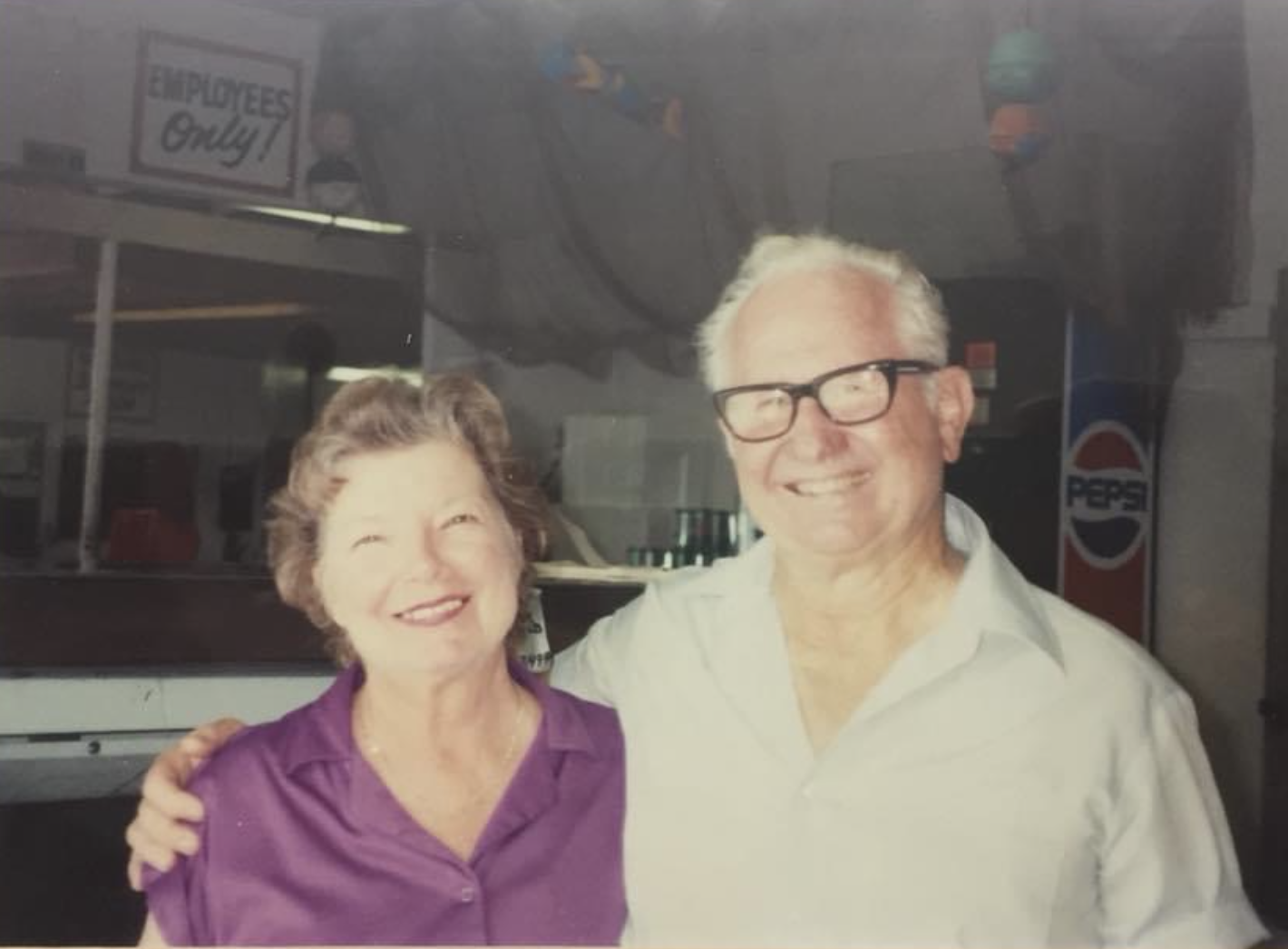Known as the heart of the Florida Keys for its central location in the island chain, the 13 islands comprising Marathon have an illustrious history, influenced by Henry Flagler’s Overseas Railway. But, the community’s early history included wreckers, farmers and fishermen — tough early settlers and a cattle industry which may or may not have led to the moniker Key Vaca/Vaca Key which is at the northeast end of Marathon’s main island.
In the early 1800s, Marathon was settled by a group of Bahamians and several fishing families from Mystic, Connecticut, according to www.floridakeys.com. “In the 1820s, a small group of wreckers moved in and Key Vaca became known as one of the first three settlements in the Keys, along with Key West and Indian Key. The Bahamians were there to farm the land and produced sea island cotton as well as several different types of fruits.”
Capt. Temple Pent, born in the Bahamas in 1794, was a prominent figure in Marathon’s early days. He worked aboard several Bahamian turtling and wrecking boats, and became familiar with the waters of southern Florida and the Keys.
When government pressure mounted in the early 1800s to remove Seminoles to a reservation in the west, the Seminoles became hostile toward southern Florida settlers. Capt. Pent decided to move his family to the safety of Key Vacas, where there was a growing community of Bahamian farmers and fishermen. Still more challenges ensued.

“In 1836, Capt. Pent and the other settlers of Key Vacas received news that Jacob Housman, a disreputable wreccaptain and owner of Indian Key, had lobbied the state legislature to divide Monroe County into two parts,” said www.floridakeys.com. “The northern part was named Dade County and began at Bahia Honda and extended into the Miami area.”
Key Vacas settlers found themselves under the control of a new set of county officials, many of them lackeys of Housman, said the website. “Pent and others signed a petition to have the county division rescinded, but they were unsuccessful. That same year, Capt. Pent was appointed Inspector of Elections, and began to assume a position of leadership in the community.”
Although the Pent men were mariners, they also farmed to supply their families with fresh vegetables and fruit. In 1839, Dr. Henry Perrine, a temporary settler on Indian Key, visited Key Vacas and interested the locals in experimenting with commercial crops. By 1840, the population numbered around 200.
Historian Jerry Wilkinson begins his history of Marathon with a settlement known as Port Monroe in 1818. He said the municipality that now stretches from Boot Key to Grassy Key had zero population from 1866 to 1870, according to various censuses. But, it was Flagler’s railway in the early 1900s that permanently put Marathon on the map. Thought to be named based upon the difficulty of building a railway between Lower Matecumbe Key and the Lower Keys, when the railroad work was characterized as a “marathon,” the establishment of three railway stations and a post office cemented the moniker’s continuity.
Wilkinson wrote, “In the Marathon area, there were actually three railroad stations listed in the January 7, 1908 train timetable: Vaca, Knight’s Key and Knight’s Key Dock. Nine months later, the October 1, 1908 timetable listed the station as ‘Marathon,’ instead of Knight’s Key Station. Carlton Corliss, formerly of the F.E.C., wrote ‘Knights Key station was simply renamed Marathon.’ As with most of the Keys communities, the railroad station’s name established the name the community retained. Three months later, the Marathon post office was established which further established the use of the name.”
One of the best places to learn Marathon’s history is Crane Point Hammock near Mile Marker 50. The bayside 63-acre museum and nature center features George Adderley’s open-air home, constructed of tabby (burnt seashells), in which he and his wife Olivia lived from 1903 until 1949. Among the Adderleys’ pursuits were making charcoal and sponging in the local waters. The modestly-furnished home is open to the public.
Recent additions to Crane Point include a Flagler-era railcar and an historic circa 1920s home moved from 11th Street Oceanside and currently used as workforce housing. A butterfly garden, museum and orientation film, wild bird rehabilitation center and several walking trails round out the experience. Even the hammocks waterways are historic.
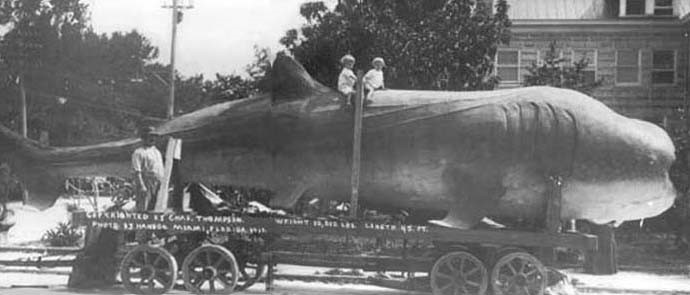
George Garrett, who serves on the museum’s board of directors, said the Bahamian-born Crane family may have dredged the onsite Rachel Creek to ensure water flow in the natural mangrove slough, but over time it filled with natural detritus. With the addition of two sets of culverts in different areas, the dark, stagnant water cleared rapidly.
Keys residents always love a good fish story and a 38-foot whale shark caught in 1912 just off Knight’s Key by Captain Charles Thompson of Miami qualifies. Thompson harpooned a 38-foot-long whale shark that reportedly took about 39 hours, five harpoons and more than 100 bullets to subdue, according to Wilkinson. The 26,594-pound whale shark was towed to Miami, preserved, stuffed and exhibited on a railroad flat car. The sign on the flat car read “Weight 30,000 lbs. Length 45 ft.” It was accidentally destroyed by fire in 1922.
One of the first, if not the first, fishing guides in Marathon was Captain Harry Snow, continued Wilkinson. Snow came from New York as a railroad supervisor in 1926. He was a hard-hat diver performing underwater inspections of the railroad piers. That same year he caught his first bonefish. After the 1935 hurricane severely damaged the railroad, he became an inspector for the Overseas Road and Toll District from which he quit to become a full time flats fishing guide in the Middle Keys. His son, Harry Snow Jr., followed in his footsteps as a fishing guide.
Construction of a new Seven Mile Bridge began in 1979 and opened May 24, 1982. The old bridge is undergoing renovation for continuing service to Pigeon Key. The City of Marathon incorporated in 1999, with boundaries, from approximately Mile Marker 47 to the West end of Toms Harbors Bridge, approximately MM 60, and has been writing its own history and direction ever since.
– Jill Zima Borski has been a self-employed writer, photographer and editor in the Florida Keys since 2001.


